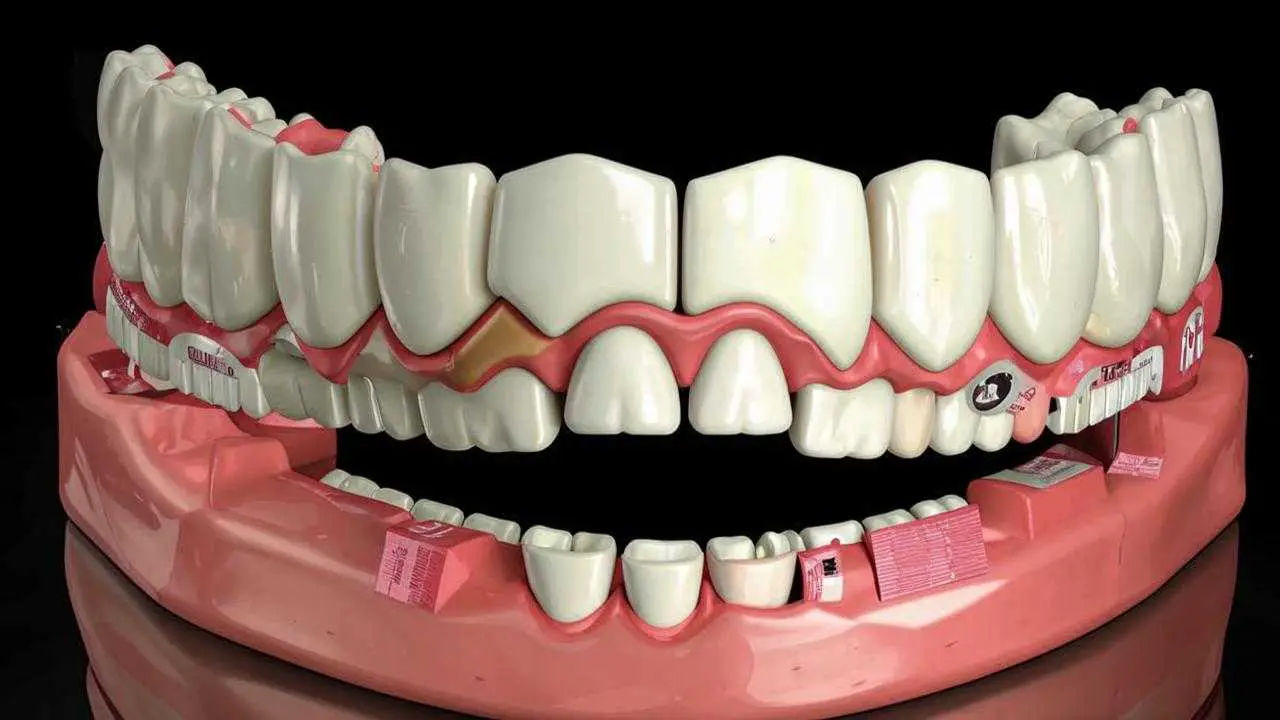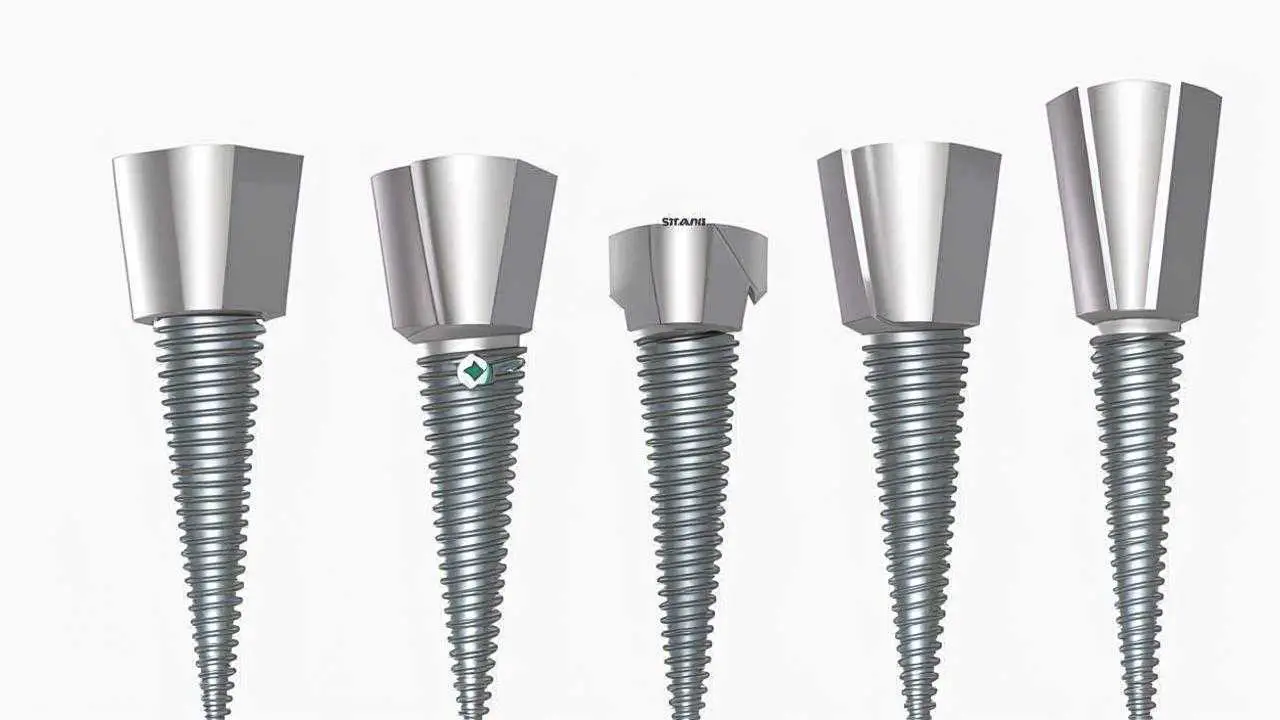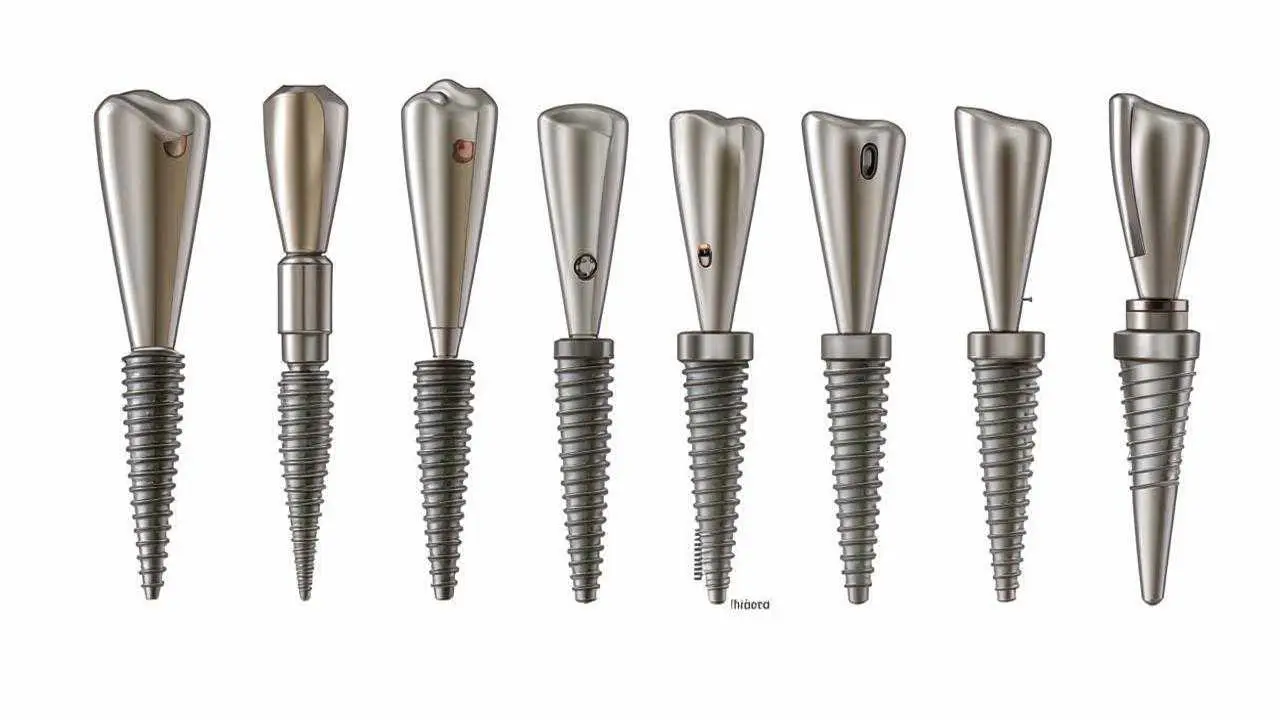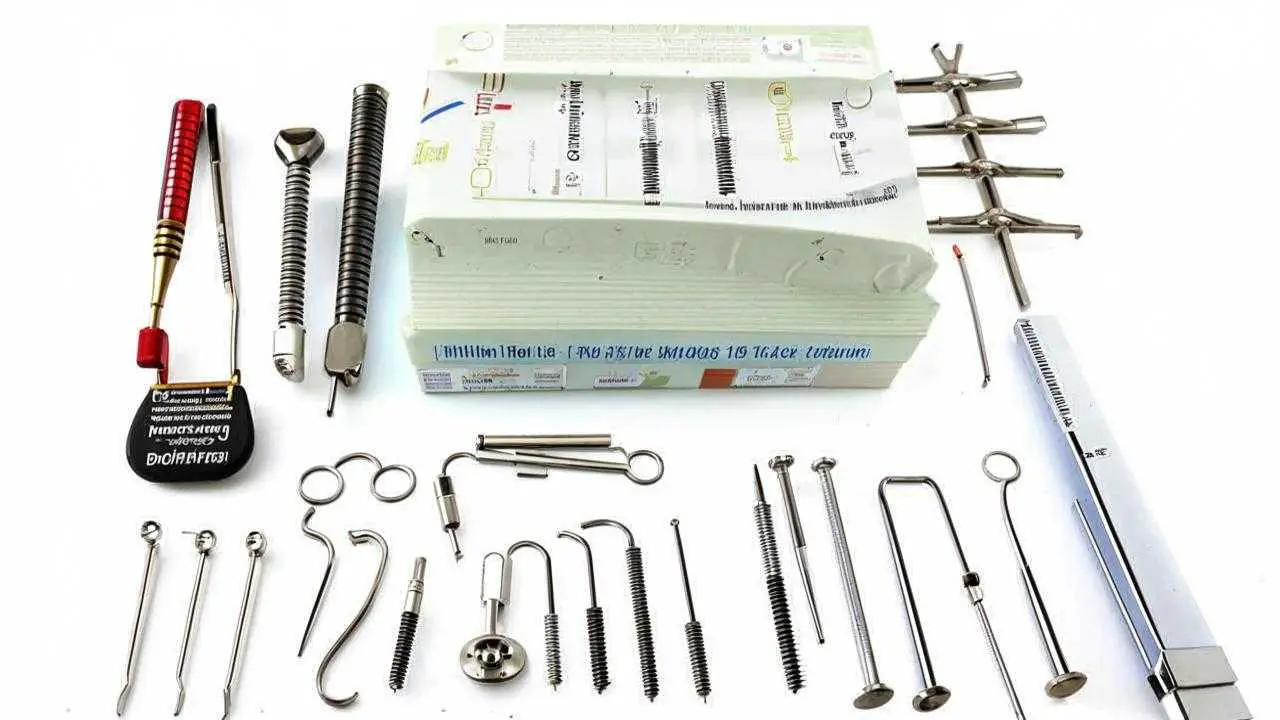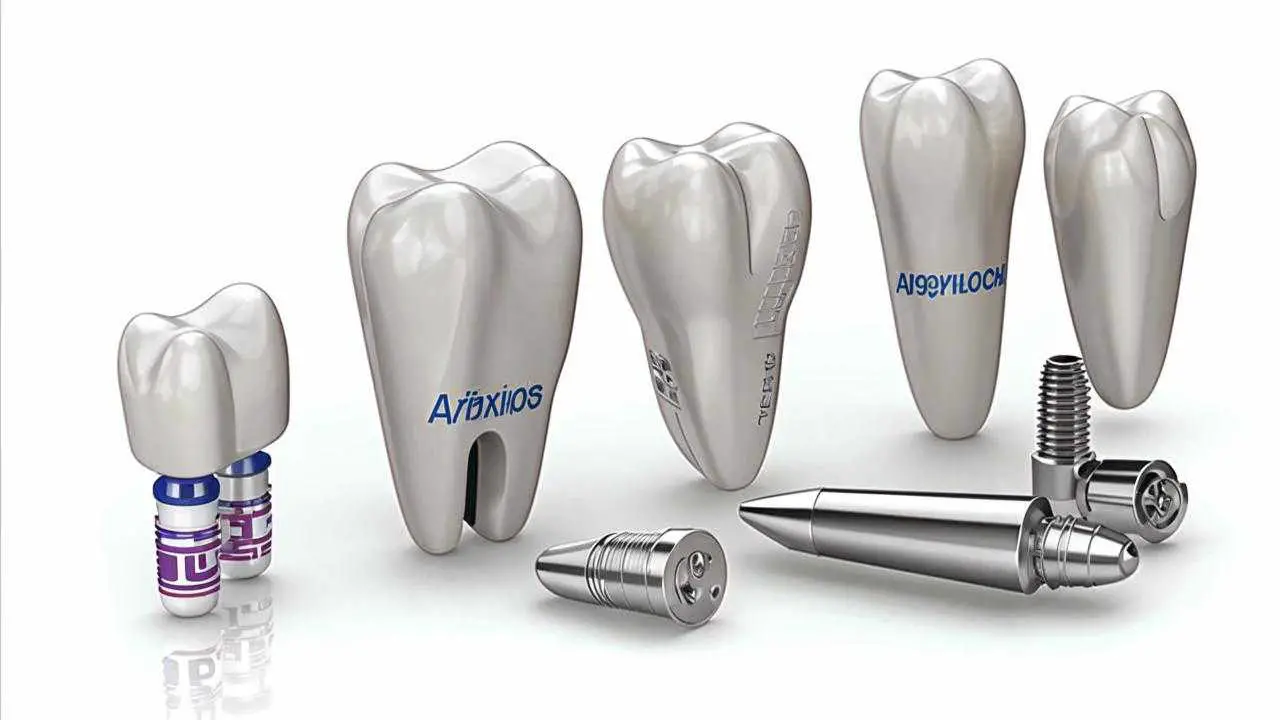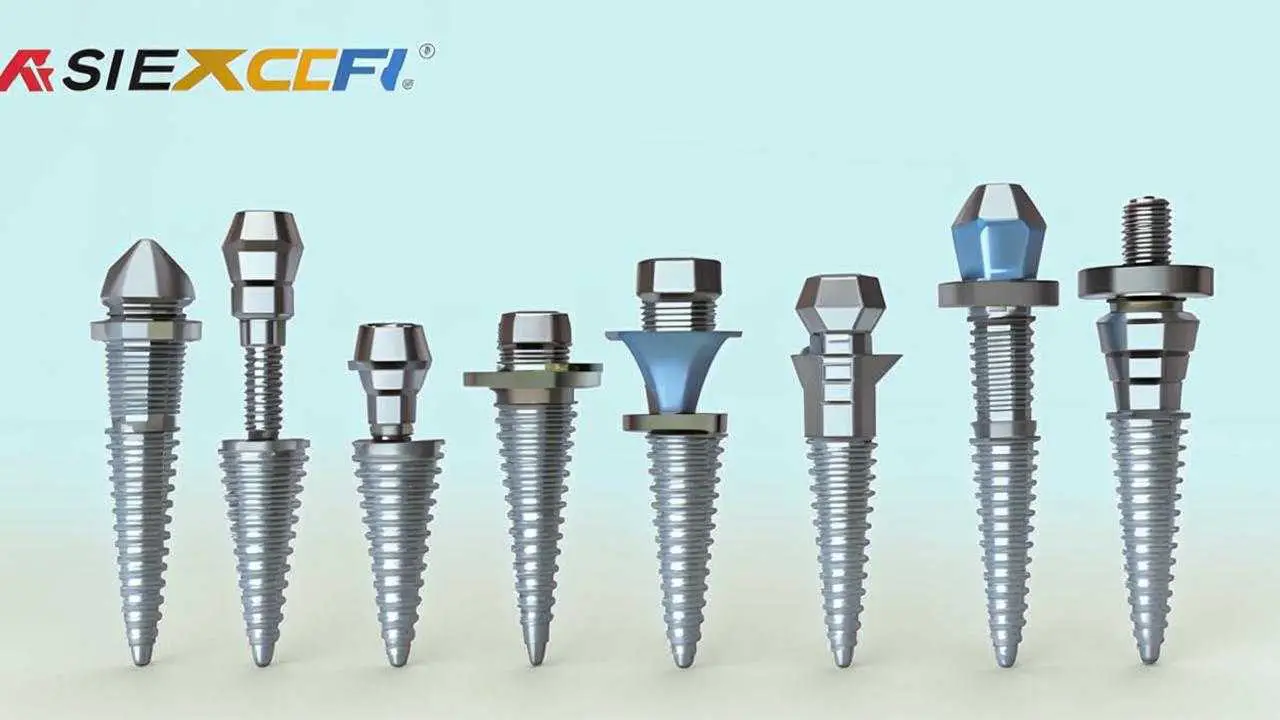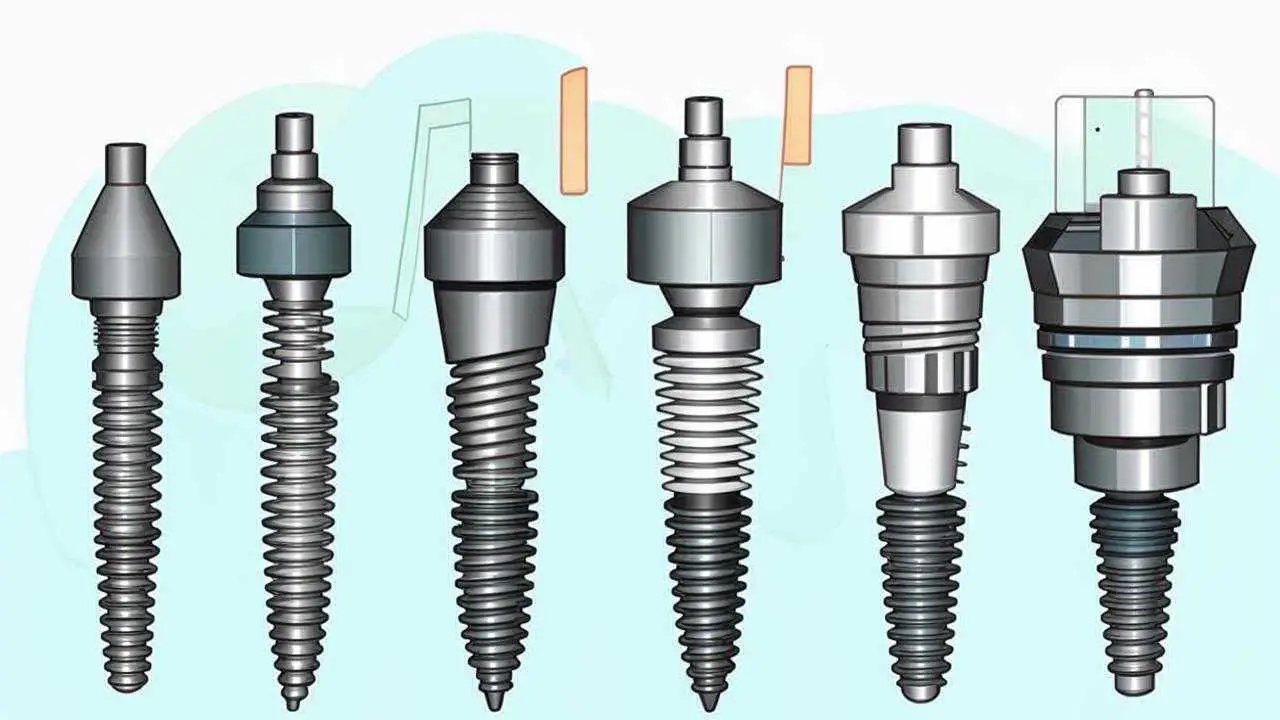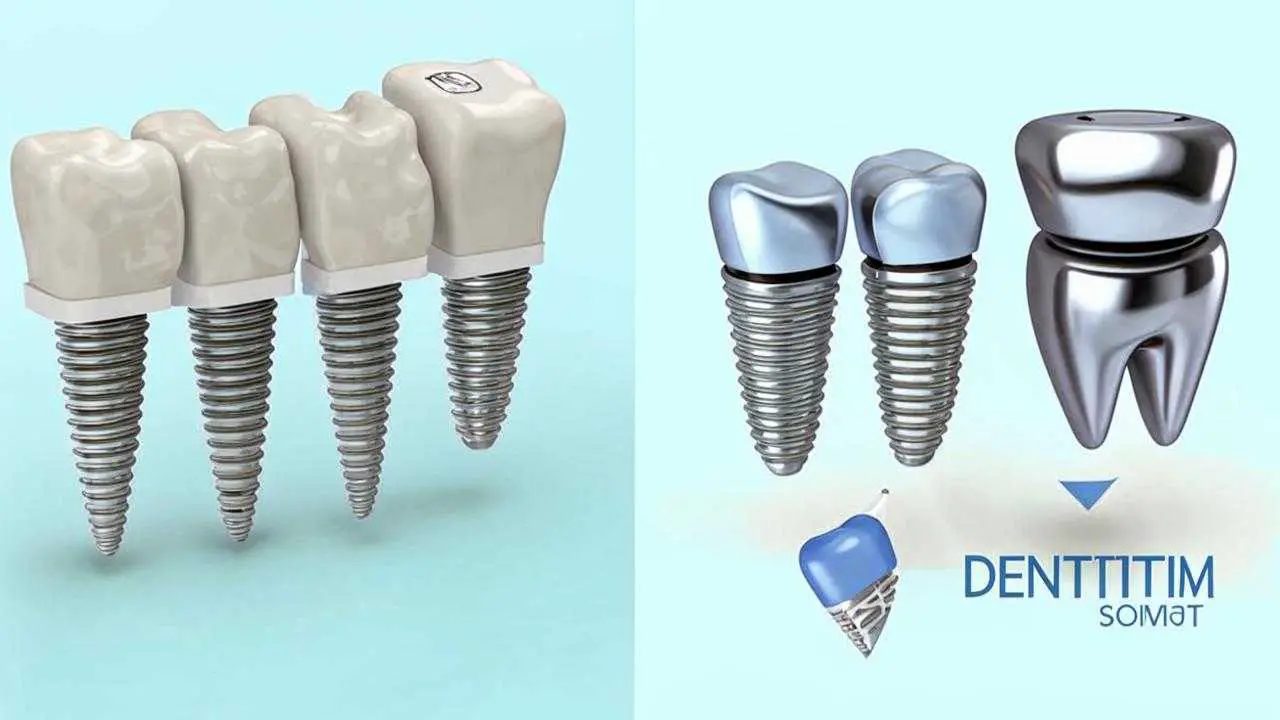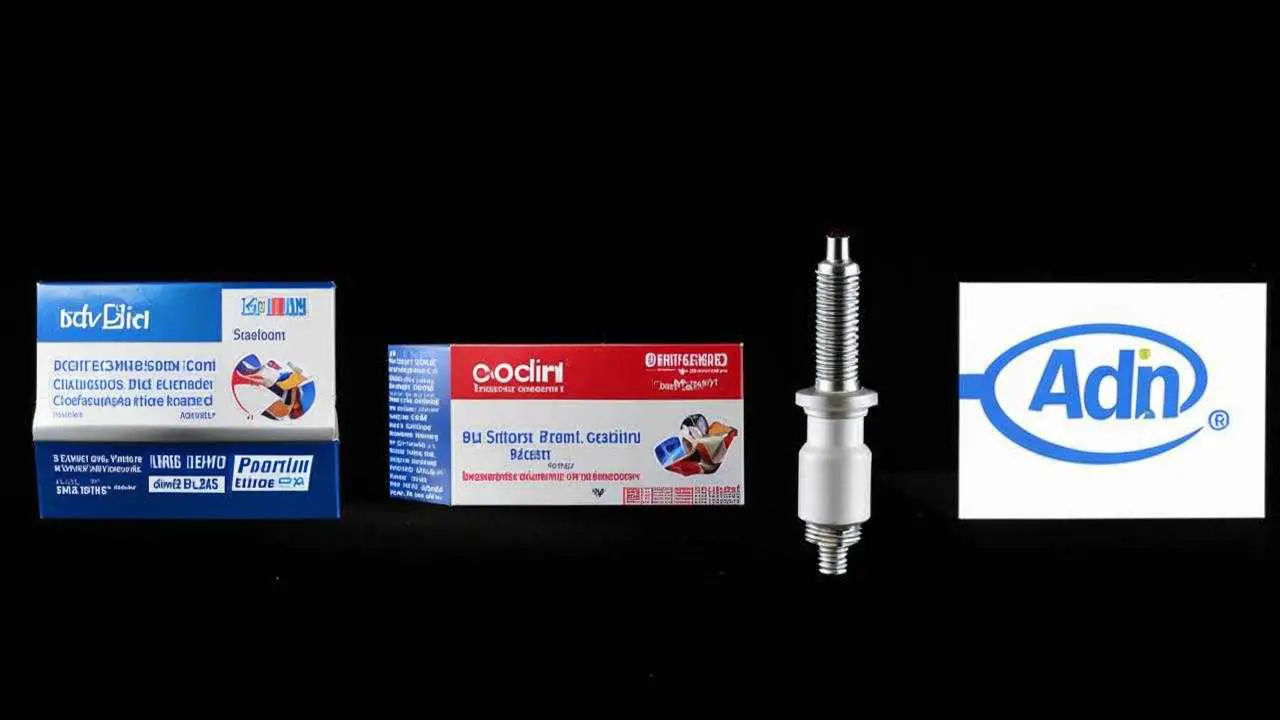Dental implants are rapidly gaining popularity. Every year, about one million patients improve their quality of life and the aesthetics of their smile thanks to implants. There are dozens of brands and models on the market and they all compete with each other. Each released post falls into a specific, albeit unofficial category and affects the popularity of the brand. Dentists claim that the best dental implant is the one that fits a given clinical case. Why then does one implant cost 15 thousand rubles and another 60 thousand?
The price of an implant is influenced by many factors, first of all – the manufacturer. Well-known brands invest millions of dollars in research, development and search for new technologies. The high quality of their products is guaranteed, because the products of well-known brands meet all the key parameters required for implants.
Let’s consider what criteria affect the rating of dental implants.
The level of engraftment
It should be noted that in all well-known brands it is quite high, not less than 97%. However, in premium brands it is higher than 99% (Straumann, Nobel Biocare, Roott, Astra Tech). German, Israeli, Korean implants strive to achieve the same results, but their studies are not as long, this affects the long-term prognosis.
The engraftment rate is a relative concept, because it depends not only on the quality of the post. The skill of the implantologist and the patient’s compliance with the recommendations play a major role. It is not without reason that it is said that the best dental implants are those placed by a top-notch surgeon, although other factors should also be taken into account.
Osteointegration time
In order for a titanium post to perform all the functions of a natural tooth, it must grow bone tissue. This phenomenon is called osseointegration. Only after this process is complete, the implant becomes stable and ready for prosthetics. In the classical protocol, implantation is carried out in 2 stages. 10-15 years ago it took 6 to 9 months between insertion and prosthetics. The modern design and coating of implants from leading companies have reduced this time to 2, maximum 3 months. So, what implants are better to put depends also on how long the patient is willing to wait for the completion of the osseointegration process.
Bone volume requirements
After tooth loss, bone atrophy (loss) begins. This leads to negative consequences, one of which is the inability to implant in the future. The bone is too thin and there is no room for an implant. In addition, it is not dense enough to ensure high primary stability. Of course, leading manufacturers have taken such clinical cases into account and produce pins for cortical, zygomatic (where the tissue is more dense) implantation or compression pins, which compact the bone along the course of the thread.
Israeli manufacturers have also achieved great success in producing products for installation in bone tissue of different densities. Korea lags a little behind here. For example, they have neither pterygoid (wing-shaped) nor zygomatic models. If we are talking about severely pronounced atrophy, the answer to the question “Israel or Korea?” is obvious. But Switzerland or Israel – it depends on other factors. If the bone is dense and there are no complications, Korean or Israeli implants will fulfill their functions perfectly.
Prosthetic prospects
The completion of osseointegration is not the end of the process. Now the artificial root needs to be fitted with a prosthesis. It can be single (crown), bridge or full jaw. Chewing comfort, diction, and aesthetics depend on the prosthetic options. The wider they are, the better for the patient, especially in complex clinical cases. That is why dentists say that when choosing an implant, one should be guided not only by the manufacturer, but also by the condition of the patient’s jaw. The question is not whether the implants are Korean or German, Swiss or Israeli, but which one is better suited for a particular case.
Indications and contraindications for installation
The price of Korean, Israeli, and even more so, Russian and Chinese implants is much lower than that of the leading companies from Sweden, Switzerland and Germany. But they also have enough limitations. With hepatitis, HIV, oncological diseases, the question of what implants to put: Korean or Swiss is not a question. Because Korean companies include these diseases in the lists of contraindications. Manufacturers from Sweden, Switzerland, and Germany offer a line of products that can be used for complex systemic diseases. No matter how hard firms from Israel or Korea try to catch up with them, so far they have not managed to reduce the list of contraindications. Nevertheless, every year it decreases, competition forces to invest in new developments of pins, which will suit a larger number of patients.
Types of implants
Classic dental implants consist of 2 parts: a post and an abutment, an adapter on which the artificial crown is fixed. But over time, a new generation of pins has appeared, where the abutment and the post represent a single unit (multunits).
Classification is carried out:
- By type of construction. 2-component for classical protocols and multiunits for protocols with immediate loading.
- By insertion protocol. Implant prosthetics with delayed loading is performed after engraftment. The immediate loading protocol allows you to use the structure immediately.
- By method of insertion. One-stage implantation means that the post is inserted immediately after tooth extraction, in a fresh hole. Transgingival method is used if the tooth was lost some time ago. A puncture is made in the gum and then the post is screwed into it. The traditional method consists of peeling off a flap of gum, inserting an implant, and then suturing it.
What dental implants are better to choose is decided by the doctor, after a thorough diagnosis. He determines the presence of systemic diseases, periodontal conditions, bone density. Then he chooses pins depending on the purpose. This takes into account the type of connection between the post and abutment, the angle of inclination, the coating of the rod, its diameter and length. Varieties of products help to make this choice more accurate.
Top 10 implant systems
The rating of dental implants by manufacturer is not the first year headed by companies. With a high percentage of engraftment (above 99%), a huge variety of models, protocols for the most complex cases and continuous investment in scientific research.
Premium class
The patented titanium and zirconium alloy, Roxolid material, provides strong support. SLA Active coating accelerates osseointegration. Bone control design technology ensures the preservation of soft tissue. These pins are better able to take root. This is confirmed by dozens of scientific studies. They are suitable for all clinical cases. The average price is 50 thousand rubles.
It is with this firm of implants that the era of artificial roots began. Constructions for one-stage, two-stage protocol, implants with immediate and delayed loading, methods of restoring teeth with complete adentia – Nobel Biocare catalog has products for all occasions. Special TiUnit coating ensures high engraftment even in thin and friable bone. Prices – from 50 thousand rubles.
These are the most expensive implants.
Then come the companies whose products in the rating of dental implants in terms of quality take the place of premium, and in terms of price belong to the business class.
Products of the Swiss company Trate AG have a high primary stability due to a special thread. Compression implants are capable of sealing the bone along the course of the screw. Mini pins serve as a support for the removable jaw, and multiunits prevent complications. Pterygoid implants are placed in the wedge bone, on the upper jaw. The high density of tissue in this bone provides stability and avoids bone grafting in 90% of cases. On average, prices start from 30 thousand rubles.
OsseoSpeed surface helps to reduce the time of osseointegration, increases bone density. Models for oblique alveolar ridge reduce the list of contraindications. The MicroThread thread distributes the pressure evenly on the bone. This is important when implants need to be placed in narrow gaps. The price depends on the model and the purpose of implantation. On average – 30 thousand rubles.
Two types of surface spraying (Laser-Loc and RBT) allow you to match the pin to the patient’s bone structure. The shape of the post reduces traumatization of tissues. The variety of volumes gives the implantologist the opportunity to choose which implants are better to place on the chewing teeth and which ones – on the front teeth. 30 thousand is the approximate price for this brand.
The design, shape and surface of the implants are aimed at stimulating the growth of soft tissue. TissueCare technology maintains the height of the alveolar ridge and leaves room for tissue growth.
The advantages of the brand are the wide range of prosthetic options. The special abutment design allows you to maintain the contour of the gingiva. Other German brands, such as Semandos and ICX, also stand on the same positions. Impro brand with German quality, has also an attractive price. The cost of pins starts from 23 thousand rubles
The next places belong to the business class.
The company maintains high standards of production, while emphasizing the simplicity of installation of its products. The geometry of implants repeats the contour of the tooth. In combination with a special thread, the pin is fixed even in loose tissue. Gold plating on the rod ensures that it will not show through the gum. Therefore, they are preferred to be placed on the front teeth. Prices – from 23 thousand rubles.
Korean implants catch up in quality with the products of European brands, but they are in a different price category. For about 20 thousand rubles you can get a post that has a SLA surface, like Straumann products, a high level of engraftment (97%) and a lifetime warranty on the titanium rod.
There are several economy brands worthy of making the list of the best.
All of these brands use proprietary coatings for their products that increase adhesion to the bone. All of them have a grafting rate of over 96%. At the same time, the line of models is quite wide, and a single platform for prosthetics allows the orthopedist to combine different types of structures for a better effect. Prices – from 15 thousand rubles. A cheap price does not indicate poor quality, only limited use.
Which dental implantation is better for you, will explain the implantologist. In general, any firm of implants from our list is a worthy manufacturer with proven good results. The only comparison is the complexity of the clinical cases for which they are suitable.
